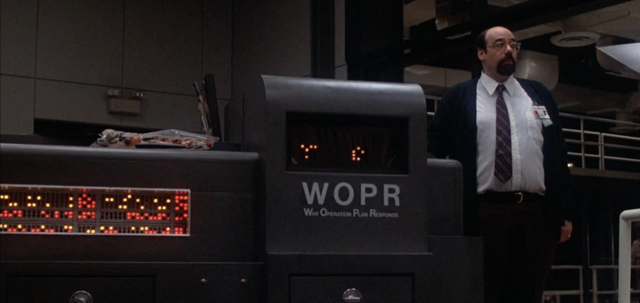
California’s “Safe and Secure Innovation for Frontier Artificial Intelligence Models Act” (a.k.a. SB-1047) has led to a flurry of headlines and debate concerning the overall “safety” of large artificial intelligence models. But critics are concerned that the bill’s overblown focus on existential threats by future AI models could severely limit research and development for more prosaic, non-threatening AI uses today.
SB-1047, introduced by State Senator Scott Wiener, passed the California Senate in May with a 32-1 vote and seems well positioned for a final vote in the State Assembly in August. The text of the bill requires companies behind sufficiently large AI models (currently set at $100 million in training costs and the rough computing power implied by those costs today) to put testing procedures and systems in place to prevent and respond to “safety incidents.”
The bill lays out a legalistic definition of those safety incidents that in turn focuses on defining a set of “critical harms” that an AI system might enable. That includes harms leading to “mass casualties or at least $500 million of damage,” such as “the creation or use of chemical, biological, radiological, or nuclear weapon” (hello, Skynet?) or “precise instructions for conducting a cyberattack… on critical infrastructure.” The bill also alludes to “other grave harms to public safety and security that are of comparable severity” to those laid out explicitly.
An AI model’s creator can’t be held liable for harm caused through the sharing of “publicly accessible” information from outside the model—simply asking an LLM to summarize The Anarchist’s Cookbook probably wouldn’t put it in violation of the law, for instance. Instead, the bill seems most concerned with future AIs that could come up with “novel threats to public safety and security.” More than a human using an AI to brainstorm harmful ideas, SB-1047 focuses on the idea of an AI “autonomously engaging in behavior other than at the request of a user” while acting “with limited human oversight, intervention, or supervision.”

To prevent this straight-out-of-science-fiction eventuality, anyone training a sufficiently large model must “implement the capability to promptly enact a full shutdown” and have policies in place for when such a shutdown would be enacted, among other precautions and tests. The bill also focuses at points on AI actions that would require “intent, recklessness, or gross negligence” if performed by a human, suggesting a degree of agency that does not exist in today’s large language models.
Attack of the killer AI?
This kind of language in the bill likely reflects the particular fears of its original drafter, Center for AI Safety (CAIS) co-founder Dan Hendrycks. In a 2023 Time Magazine piece, Hendrycks makes the maximalist existential argument that “evolutionary pressures will likely ingrain AIs with behaviors that promote self-preservation” and lead to “a pathway toward being supplanted as the earth’s dominant species.'”
If Hendrycks is right, then legislation like SB-1047 seems like a common-sense precaution—indeed, it might not go far enough. Supporters of the bill, including AI luminaries Geoffrey Hinton and Yoshua Bengio, agree with Hendrycks’ assertion that the bill is a necessary step to prevent potential catastrophic harm from advanced AI systems.
“AI systems beyond a certain level of capability can pose meaningful risks to democracies and public safety,” wrote Bengio in an endorsement of the bill. “Therefore, they should be properly tested and subject to appropriate safety measures. This bill offers a practical approach to accomplishing this, and is a major step toward the requirements that I’ve recommended to legislators.”
“If we see any power-seeking behavior here, it is not of AI systems, but of AI doomers.Tech policy expert Dr. Nirit Weiss-Blatt
However, critics argue that AI policy shouldn’t be led by outlandish fears of future systems that resemble science fiction more than current technology. “SB-1047 was originally drafted by non-profit groups that believe in the end of the world by sentient machine, like Dan Hendrycks’ Center for AI Safety,” Daniel Jeffries, a prominent voice in the AI community, told Ars. “You cannot start from this premise and create a sane, sound, ‘light touch’ safety bill.”
“If we see any power-seeking behavior here, it is not of AI systems, but of AI doomers,” added tech policy expert Nirit Weiss-Blatt. “With their fictional fears, they try to pass fictional-led legislation, one that, according to numerous AI experts and open source advocates, could ruin California’s and the US’s technological advantage.”
